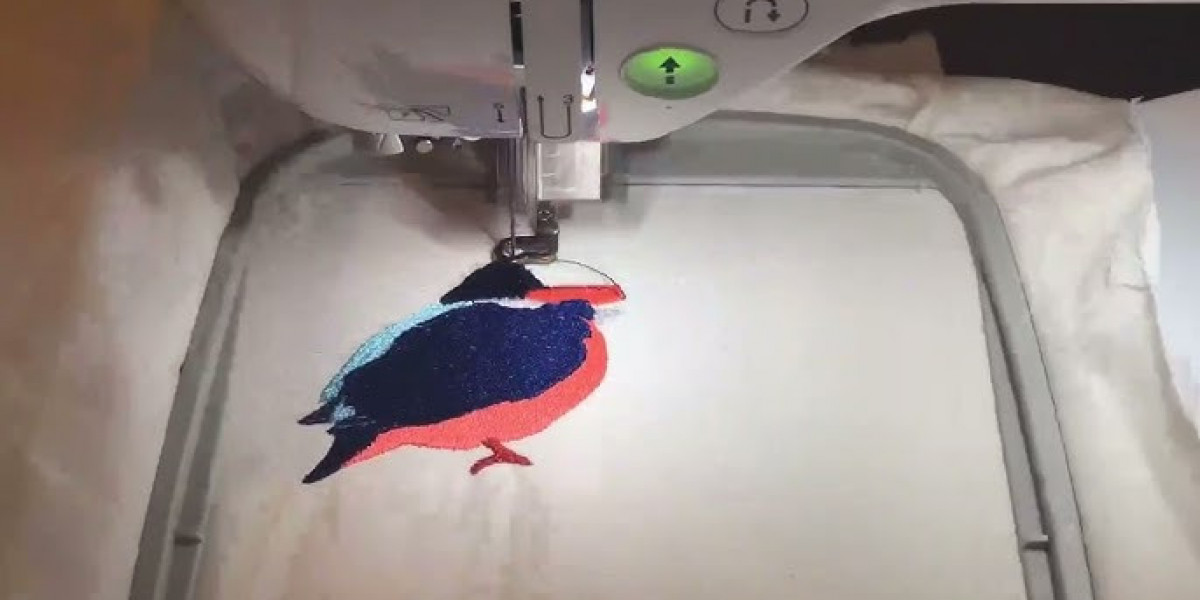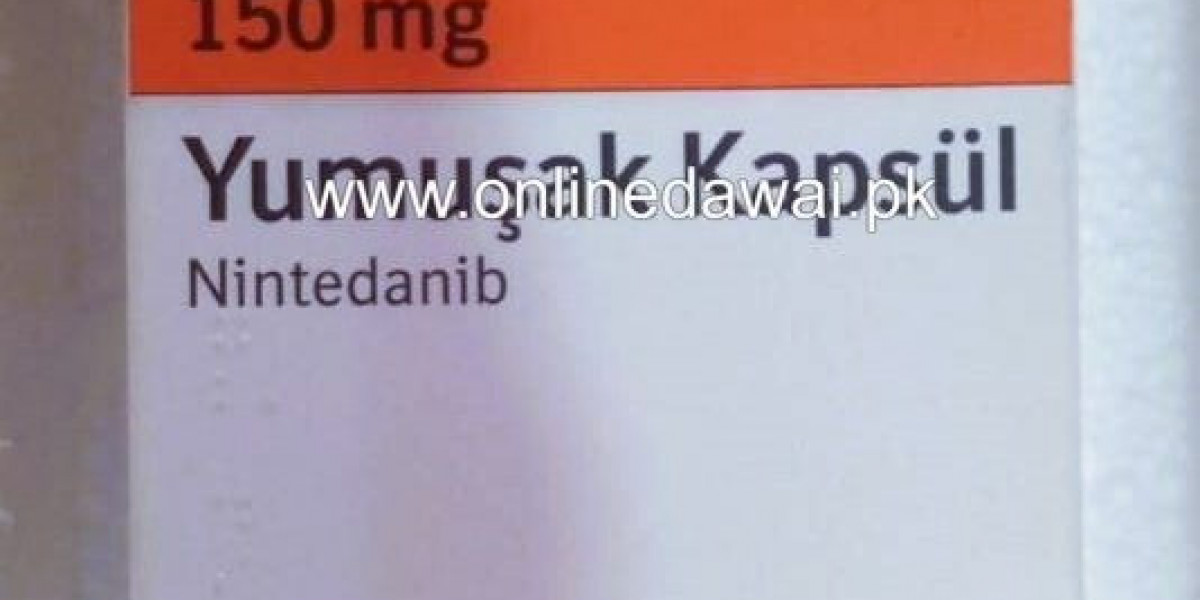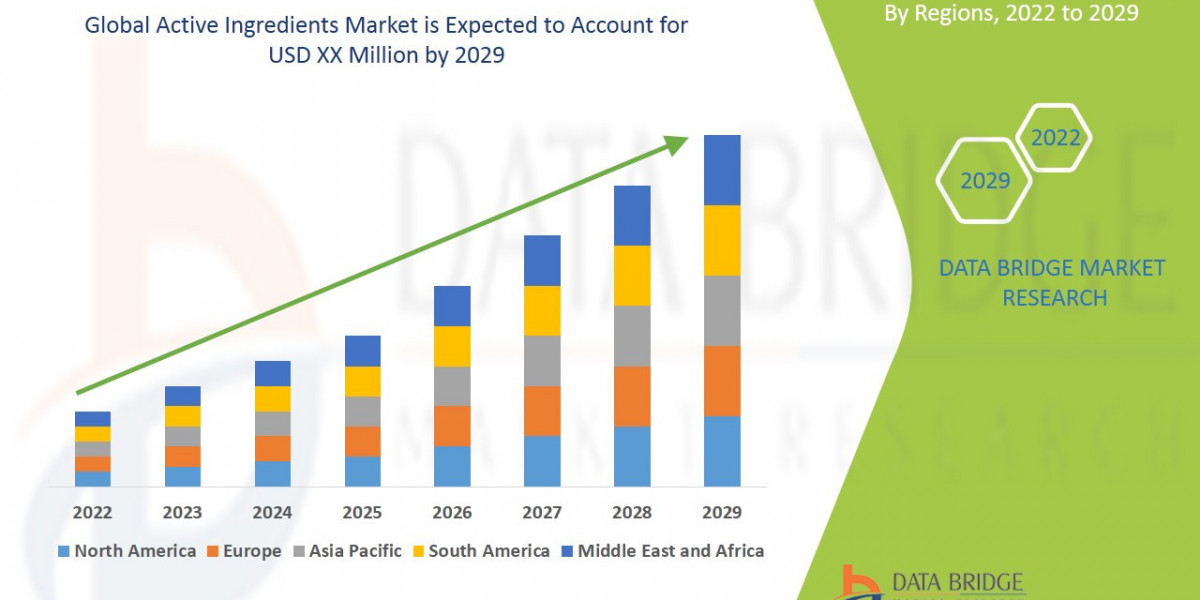You have a brilliant idea for a design. You can already see it perfectly stitched on a cap, a jacket, or a tote bag. But getting from that idea in your head to a finished, embroidered product requires a crucial translator—a piece of software that can bridge the gap between art and machine. This process, known as Embroidery Digitizing, is the art of converting artwork into a digital file that tells an embroidery machine exactly where, how, and in what order to place every single stitch. It’s a craft that blends technical precision with artistic flair, and the software you choose is your most important tool.
The landscape of digitizing software is constantly evolving, with new features, subscription models, and AI-assisted tools emerging all the time. Whether you're a hobbyist just starting out, a small business owner scaling up, or a seasoned professional, the right software can make all the difference in your workflow and the quality of your final product. Let's dive into the best options available in 2025 and help you find the perfect fit for your needs and budget.
The Foundation: Understanding Software Tiers
Not all digitizing software is created equal. Generally, programs fall into three main categories, and identifying which tier you belong to is the first step in making a smart choice.
Hobbyist & Entry-Level: These programs are perfect for those who are new to digitizing. They focus on simplicity, often with automated features and a lower price point. They are great for editing existing designs and creating very simple graphics but may lack the advanced controls needed for complex work.
Small Business & Prosumer: This is the "sweet spot" for many small shops and serious enthusiasts. Software in this tier offers robust manual digitizing tools, better editing capabilities, and improved management of design libraries without the staggering cost of top-tier industrial solutions.
Professional & Industrial: Built for high-volume digitizing studios and large-scale operations, these packages offer unparalleled power, precision, and automation. They come with a price tag to match but are the undisputed industry standard for flawless, efficient results.
The 2025 Software Lineup: Top Picks for Every Digitizer
Based on current trends, user feedback, and feature sets, here are the standout software choices for 2025.
For the Hobbyist & Creative Beginner
1. Embrilliance Essentials (and Platform)
Embrilliance has long been a favorite in the hobbyist community for its modular, user-friendly approach.
Why It's a Top Pick for 2025: Its "platform" model allows you to start with the affordable Essentials base and add more powerful modules (like advanced editing or lettering) as your skills grow. This pay-as-you-go structure prevents a large upfront investment. The interface is intuitive, making it less daunting for newcomers than some professional suites.
Key Features: Excellent for merging and sequencing designs, a fantastic font-based lettering system, and easy-to-use editing tools for resizing and adjusting existing designs.
Best For: Crafters, hobbyists, and small monogramming businesses who prioritize ease of use and a gentle learning curve.
2. Brother PE-Design 11
As the native software for the world's most popular home embroidery machine brand, PE-Design offers a streamlined path from design to stitch.
Why It's a Top Pick for 2025: The integration with Brother machines is seamless. The software includes helpful automated digitizing functions and powerful editing tools tailored for Brother file formats. For Brother machine owners, it’s a logical and reliable choice.
Key Features: Good auto-digitizing for simple designs, strong lettering capabilities, and easy transfer of files to compatible machines.
Best For: Brother embroidery machine owners who want a dedicated and supportive software ecosystem.
For the Growing Business & Serious Designer
1. Hatch by Wilcom (Hatch 3.0)
Hatch has completely changed the game by offering professional-grade Wilcom technology at an accessible subscription price. It is arguably the most significant development in the mid-tier market.
Why It's a Top Pick for 2025: Hatch provides the power of Wilcom's world-renowned digitizing engine without the five-figure price tag. Its subscription model (monthly or annual) makes it affordable for small businesses. The software is incredibly comprehensive, with tools for every aspect of digitizing, from manual punch to advanced lettering and 3D puff.
Key Features: A full suite of manual digitizing tools, exceptional lettering and monogramming wizards, a user-friendly interface with extensive tutorials, and cloud storage for designs.
Best For: Small to medium-sized businesses, serious embroiderers looking to graduate from entry-level software, and anyone who wants professional results without an industrial budget.
2. Janome Digitizer MBX
Janome’s answer to the prosumer market is a powerful and often underrated piece of software.
Why It's a Top Pick for 2025: Digitizer MBX offers sophisticated auto-digitizing and extensive manual controls in a single package. Its "Magic" tools can quickly generate complex stitch types like carved effects and layered fills, which are time-consuming to create manually.
Key Features: Advanced auto-digitizing with customizable settings, powerful manual editing tools, and unique artistic effects that help designs stand out.
Best For: Designers who want a balance of automated power and manual control, and those who appreciate creative, texture-rich embroidery effects.
For the Professional Studio & High-Volume Digitizer
1. Wilcom EmbroideryStudio e4.5
Wilcom remains the undisputed king of professional embroidery software. For studios where digitizing is the core of the business, there is no substitute.
Why It's a Top Pick for 2025: The e4.5 platform represents the peak of digitizing technology. It offers unmatched precision, advanced stitch physics, and powerful automation tools that streamline high-volume work. Its integration with other design and production software is seamless, making it the backbone of many large-scale operations.
Key Features: The most advanced manual digitizing tools available, superior true-to-life stitch rendering, powerful auto-digitizing for specific elements, and comprehensive multi-format support.
Best For: High-volume digitizing services, large apparel companies, and professional digitizers for whom software is a primary business investment.
2. Pulse Ambassador
Pulse is Wilcom's main competitor at the professional level and is revered for its powerful tools and unique approach to stitch creation.
Why It's a Top Pick for 2025: Ambassador is known for its exceptional object-based editing and artistic capabilities. Many professionals swear by its stitch engine for producing particularly soft and beautiful fills. It’s a powerhouse for creative and technical digitizing alike.
Key Features: Superior object-based workflow, advanced editing capabilities, and excellent tools for creating complex, multi-layered designs.
Best For: Professional digitizers who want an alternative to Wilcom and those who specialize in highly detailed, artistic embroidery.
The Future is Now: AI-Assisted Digitizing in 2025
A key trend in 2025 is the maturation of AI-assisted tools within established software. We are moving beyond the clunky, one-click auto-digitizers of the past. Software like Hatch and Wilcom are now integrating intelligent assistants that can:
Analyze artwork and suggest optimal stitch types and sequencing.
Automatically apply pull compensation and underlay settings based on the selected fabric.
Clean up complex images by simplifying colors and defining edges for a better starting point.
These tools don't replace the digitizer; they augment their skills, handling tedious tasks and allowing the artist to focus on creative and technical refinement. When evaluating software in 2025, look for these smart features—they are a sign of a modern, forward-thinking platform.
How to Choose Your Software in 2025
Your final decision should be guided by a few key questions:
What is my budget? Be realistic about upfront costs (like Wilcom or Pulse) versus ongoing subscriptions (like Hatch).
What is my skill level? A beginner will be overwhelmed by Wilcom, while a professional will feel restricted by entry-level software.
What do I need to create? If you primarily work with simple text and basic shapes, a prosumer tool may be overkill. If you digitize intricate logos daily, don't compromise on power.
Does it offer a free trial? Most reputable companies, especially Hatch and Embrilliance, offer limited-time free trials. This is the best way to test the interface and workflow before committing.
Conclusion: Your Creative Journey Starts with the Right Tools
The world of embroidery digitizing in 2025 is more accessible and powerful than ever before. The barrier to entry has been dramatically lowered by subscription models like Hatch, while the ceiling for professional creation continues to rise with advanced platforms like Wilcom e4.5.
The perfect software is the one that feels like an extension of your creativity, not a barrier to it. It should empower you to bring your most ambitious designs to life with confidence and precision. By understanding your own needs and exploring the strengths of each top contender, you can make an informed investment that will fuel your passion and grow your business for years to come. Your next perfect stitch is waiting—choose the tool that will help you create it.








